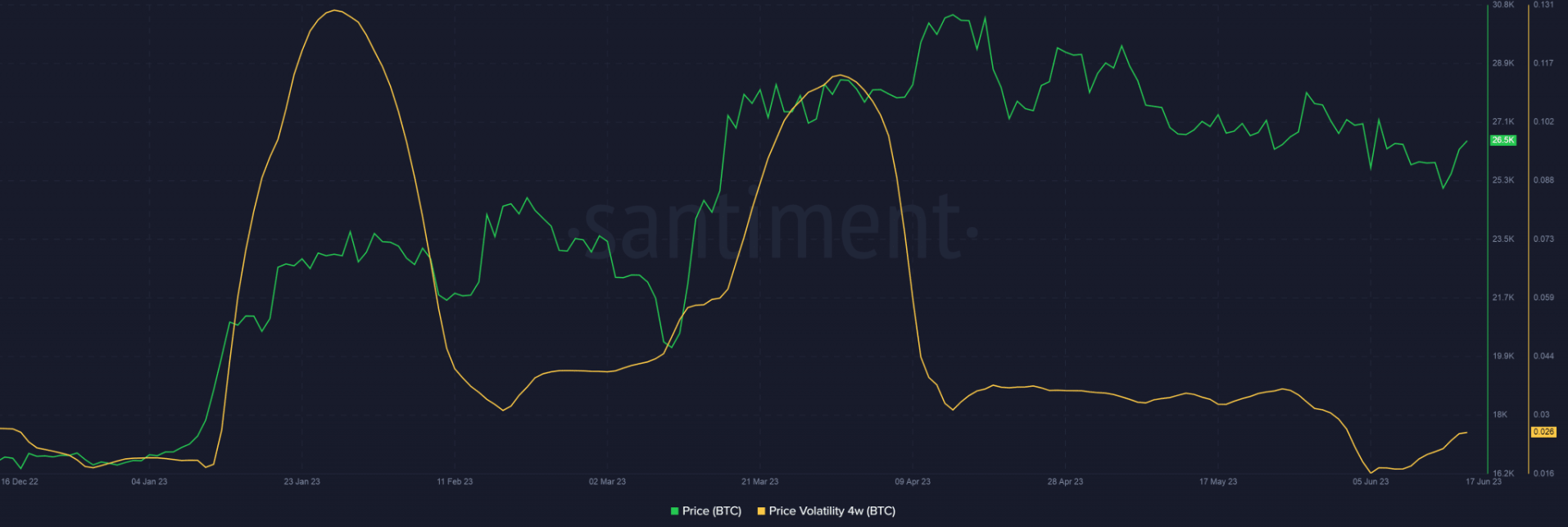- Bitcoin (BTC) established an inverse relationship with technology stocks due to the differentiation of emotional state around virtual assets and stocks.
- According to the data, Bitcoin’s 30-day correlation coefficient with popular indexes such as Nasdaq and S&P 500 became negative.
- A series of bank collapses in March led investors to put their funds into the crypto market.
Bitcoin’s recent divergence from popular stock indexes such as NASDAQ and SP500 has attracted attention; Current Bitcoin metrics!
Negative Correlation Between Bitcoin and Indexes
Bitcoin (BTC) established an inverse relationship with technology stocks due to the differentiation of emotional state around virtual assets and stocks. According to the data, Bitcoin’s 30-day correlation coefficient with popular indexes such as Nasdaq and S&P 500 became negative. Essentially, this means that when the price of BTC rises, the price of stocks will fall.
Bitcoin’s Correlation with NASDAQ and SP500
Bitcoin advocates have long positioned BTC as a “safe haven asset.” In other words, Bitcoin is considered an investment that is expected to remain stable or even rise in value during economic downturns.
For an asset to be seen as an inflation hedge for investors, it must show significant differentiation from traditional markets. However, with the increasing adoption of cryptocurrencies, Bitcoin and other altcoins have started to be affected by geopolitical and macroeconomic triggers that affect the overall market.
However, this situation has started to change. A series of bank collapses in March led investors to put their funds into the crypto market. As a result, Bitcoin, the world’s largest cryptocurrency in terms of market capitalization, increased by 52% until April, reaching the highest level of the year. Meanwhile, stock indexes largely remained stagnant until that point.
Bitcoin’s Divergence from Others
Divergence became even more pronounced in the second quarter of 2023 as the overall crypto market, especially Bitcoin, entered a consolidation period. The king cryptocurrency further declined as regulators in the United States displayed an increasingly hostile attitude.
However, technology stocks went in the opposite direction, causing a clear divergence in the growth trajectories of the two assets.
Stocks are not the only area where BTC began to isolate itself. In recent months, Bitcoin has shown an increasing divergence from Gold. Since the banking crisis in March, Bitcoin has increased in value faster than gold.
Volatility is Increasing
At the time of writing, BTC is trading at $26,439. It has gained 1% in the last 24 hours. Interestingly, after a long period of low volatility, BTC has started to move unpredictably, in line with its image as an unpredictable asset. Volatility has increased as regulators have initiated legal actions against crypto giants in recent times.
Bitcoin Volatility









